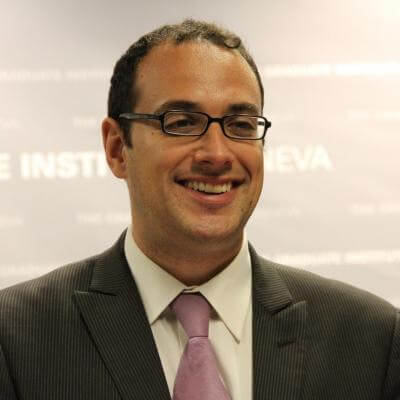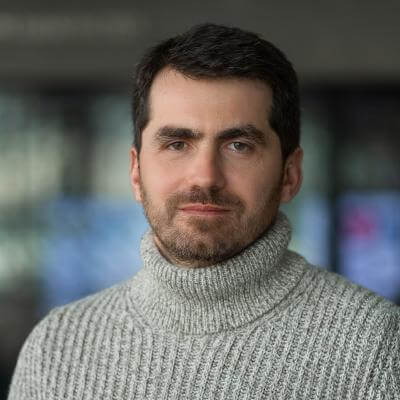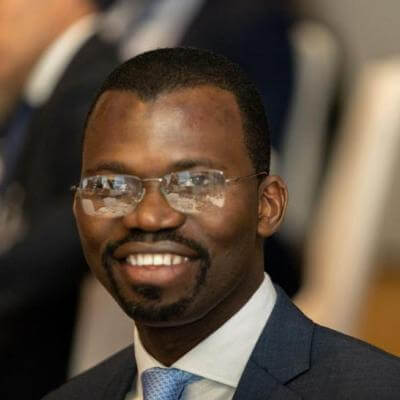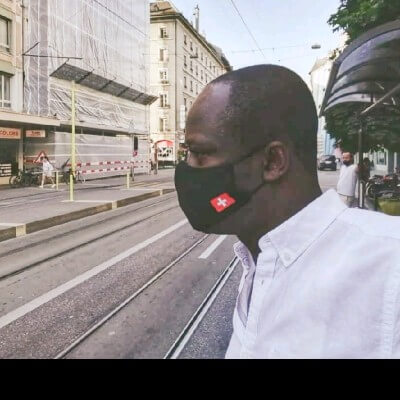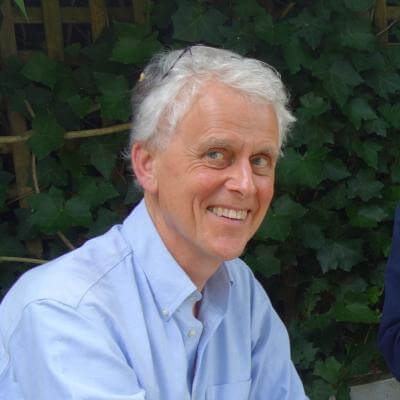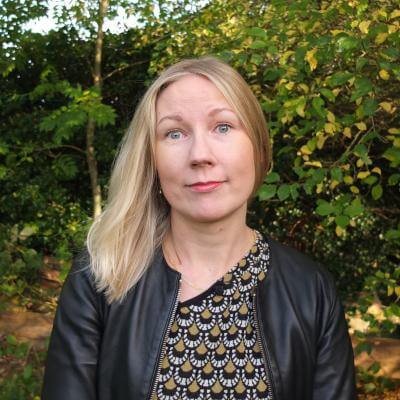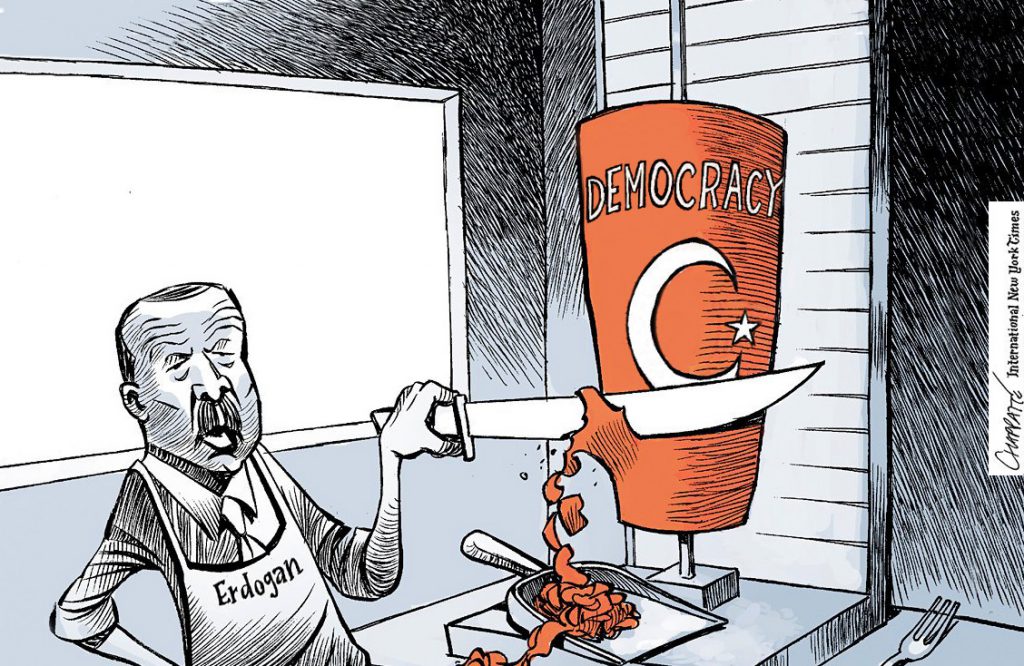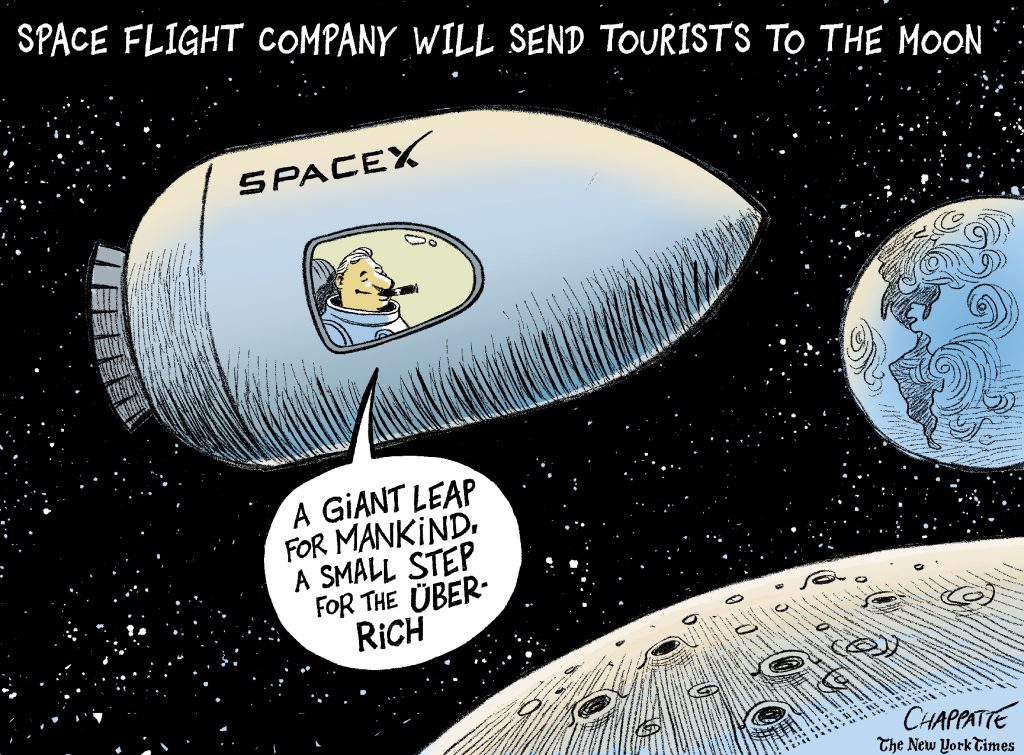While the 20th century has been characterised by the generalisation of democratisation processes, the 21st century seems to have started with the reverse trend. An authoritarian-populist nexus is threatening liberal democracy on a global scale, including in its American and European heartlands. Charismatic leaders – thriving on electoral majorities and popular referenda – methodically undermine the rule of law and constitutional safeguards in order to consolidate their own power basis. Coupling inflammatory rhetoric with modern communication technologies, they short-circuit traditional elites and refuse to abide by international norms. Agitating contemporary scourges such as insecurity, loss of identity, mass migration and corrupt elites, they put in place new laws and mechanisms to harness civil society and political opponents. In order to better understand the novelty, permanence and global reach of “illiberal democracy”, this second issue of Global Challenges proposes seven case studies (Russia, Hungary, Turkey, the Middle East, Uganda, Venezuela and the United States) complemented by a series of expert interviews, maps and infographics.
Emad Hajjaj / cartooningforpeace.org/
After a century marked by decolonisation and the imposition of a development model based on Western standards, Africa has entered the 21st century with a new status thanks, among other things, to its demographic dynamism (2 billion inhabitants in 2050 according to the UN, over 50% of whom will be under 25), its sustained economic growth, its extensive mineral and energy resources, and its drive for political leadership.
Additionally, since the end of the Cold War, emerging countries are successfully challenging the leadership of the West and are transforming this plural continent. If China has come to play a preponderant role, notably in terms of infrastructure development, the existence of multiple Africas presents prospects for a host of other international actors.
The continent’s development, however, is not without raising many questions, as it is still marked, in many ways, by issues of poverty and inequalities, as well as civil conflict and political repression.
The African continent is seeking more than ever to assert its autonomy of decision and action by making the most of its diverse potential. How will Africa – in its plural dimension – take advantage of this dynamism to write a new page in its history in the decades to come?
-
I
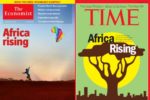
Africas Rising: The 21st Century Promise?
Reading time: 9 min -
1
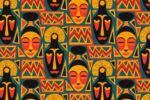
In from the Periphery: How Africa Can Contribute to the Making of a Pluriversal World
Reading time: 5 min -
2

Energy Transition and Global Tax Reform: Boosting Africa(s) on the Rise?
Reading time: 5 min -
3

Africa: Violent Pasts and Other Futures
Reading time: 6 min -
4

“An Epidemic of Coups d’État” in Africa
-
5

African Conservation Futures
Reading time: 5 min -
6

Who Is Rising? Popular Critiques of the Economic Power of Mega-Churches in Ghana
Reading time: 5 min -
7
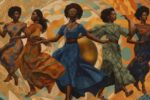
Towards Greater Visibility of African Women in Politics
Reading time: 4 min
